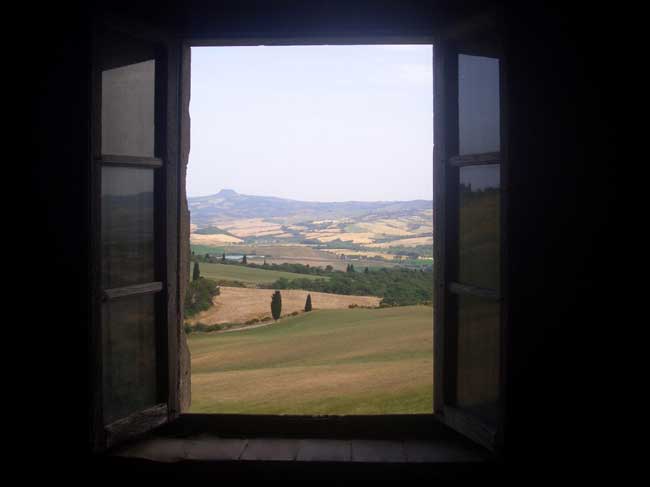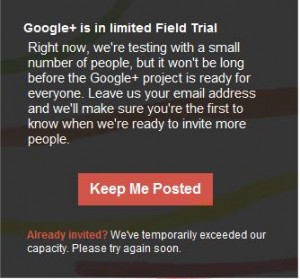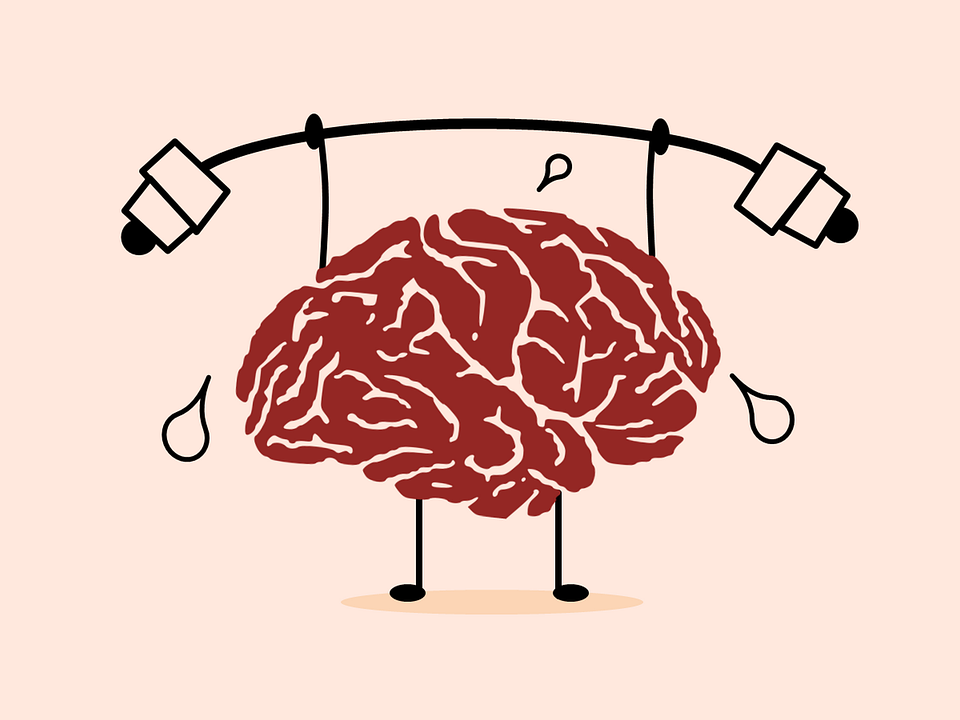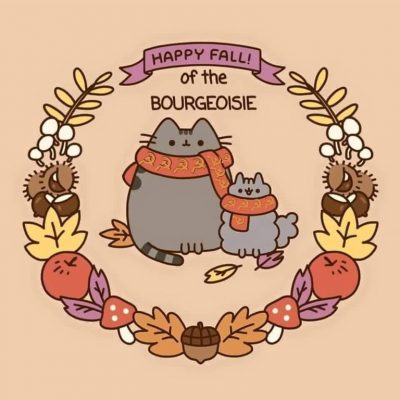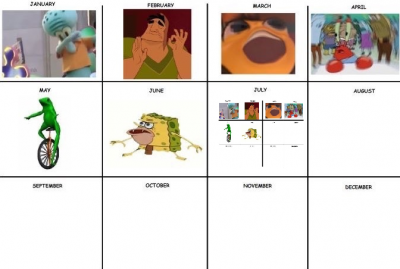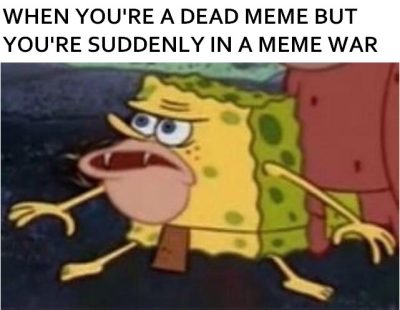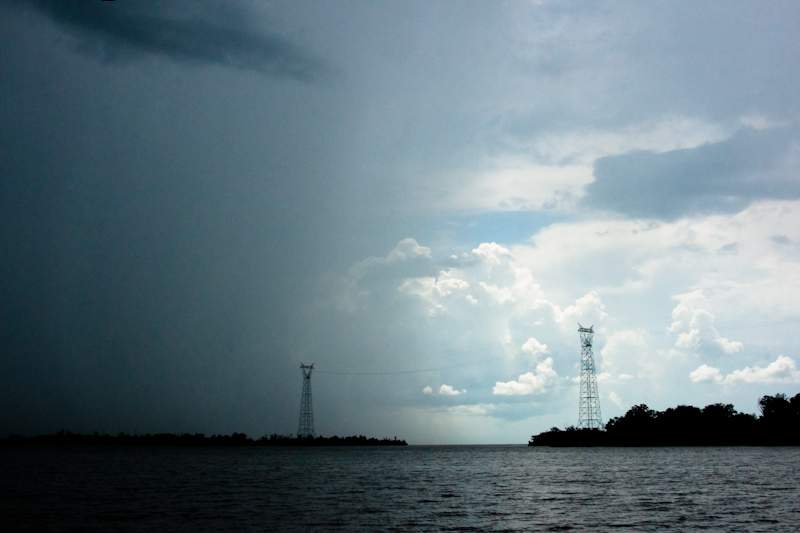
In Part I this essay, I considered the fact that we are always connected to digital social technologies, whether we are connecting through them or not. Because many companies collect what I call second-hand data (data about people other than those from whom the data is collected), whether we leave digital traces is not a decision we can make autonomously. The end result is that we cannot escape being connected to digital social technologies anymore than we can escape society itself.
In Part II, I examined two prevailing privacy discourses to show that, although our connections to digital social technology are out of our hands, we still conceptualize privacy as a matter of individual choice and control. Clinging to the myth of individual autonomy, however, leads us to think about privacy in ways that mask both structural inequalities and larger issues of power.
In this third and final installment, I consider one of the many impacts that follow from being inescapably connected in a society that still masks issues of power and inequality through conceptualizations of ‘privacy’ as an individual choice. I argue that the reality of inescapable connection and the impossible demands of prevailing privacy discourses have together resulted in what I term documentary consciousness, or the abstracted and internalized reproduction of others’ documentary vision. Documentary consciousness demands impossible disciplinary projects, and as such brings with it a gnawing disquietude; it is not uniformly distributed, but rests most heavily on those for whom (in the words of Foucault) “visibility is a trap.” I close by calling for new ways of thinking about both privacy and autonomy that more accurately reflect the ways power and identity intersect in augmented societies. more...



